Keep your plant babies growing on a healthy balanced diet.
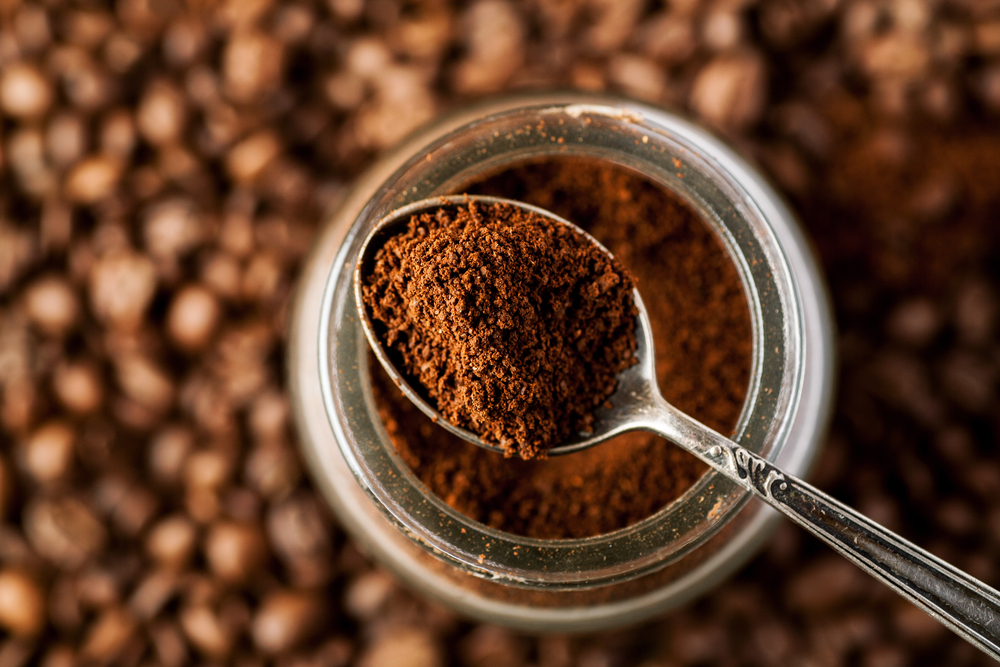
If you were raising a human, you’d want to make sure that it was eating properly. The same goes for your garden babies.
Plants thrive on a number of micronutrients, but the three common ingredients found in store bought fertilizer include nitrogen, phosphorus and potassium—otherwise known as NPK.
And all of these essential nutrients can likely be found right in your home. If you don’t want to leave your house to purchase plant food, chances are you don’t have to.
We’ve put together a list of five foods likely in your kitchen that you can use instead of making a trip to your garden store for fertilizer.
Coffee Grounds
Coffee grounds contain about two percent nitrogen, 0.06 percent phosphorus, and 0.6 percent potassium by volume. They also contain many micronutrients such as calcium, magnesium, boron, copper, iron, and zinc.
You can sprinkle them about in your soil with a quarter-inch layer and work it in with your hands.
As a bonus, many gardeners say that coffee grounds can act as a pest repellent to snails and slugs. However, there is very little research to prove this.
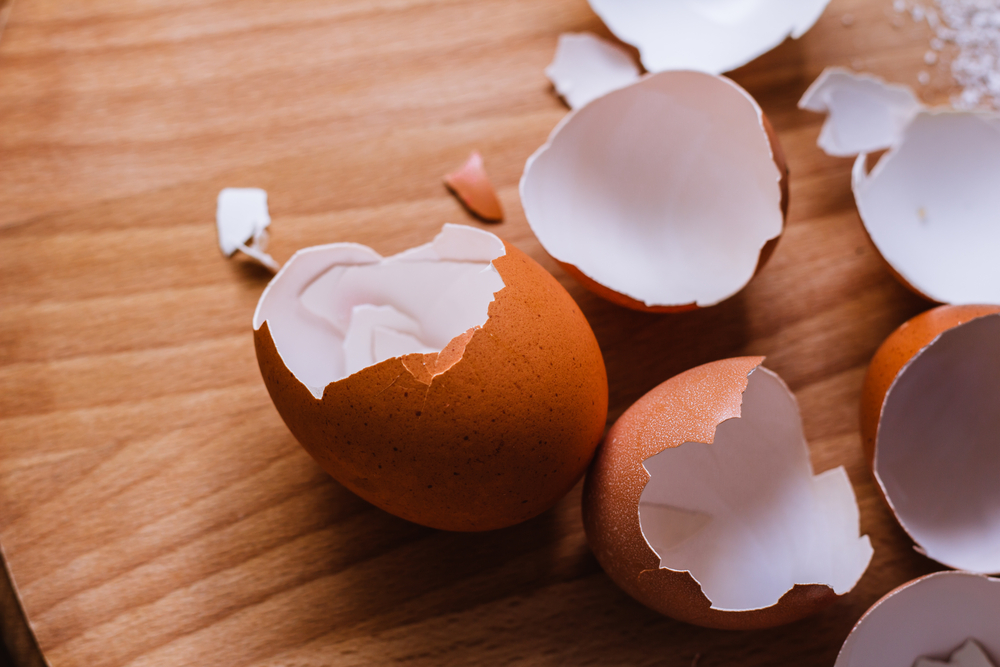
Photo by Avelina on Shutterstock
Egg Shells
Eggshells contain calcium, which plays a role in the strength and thickness of plant cell walls. Broken down egg shells on average contain 39.15 percent calcium, 0.4 percent nitrogen and 0.38 percent magnesium.
You can rinse out your eggshells or let them dry in the sun. You can also create a liquid fertilizer using your shells in a mason jar full of water. After four weeks of sitting in the water, it will be ready to start fertilizing with.
Add one cup of this mixture to one gallon of water and water accordingly around your plants.
For a dry fertilizer, take your dry eggshells and blend or crush them up. Blending the eggshells into a powder will speed up the fertilization process. Whether its powder or tiny shells, sprinkle them on the soil around your plants. We recommend you use 4-5 eggs for each plant you want to fertilize. Mix the shells into the soil and add water.
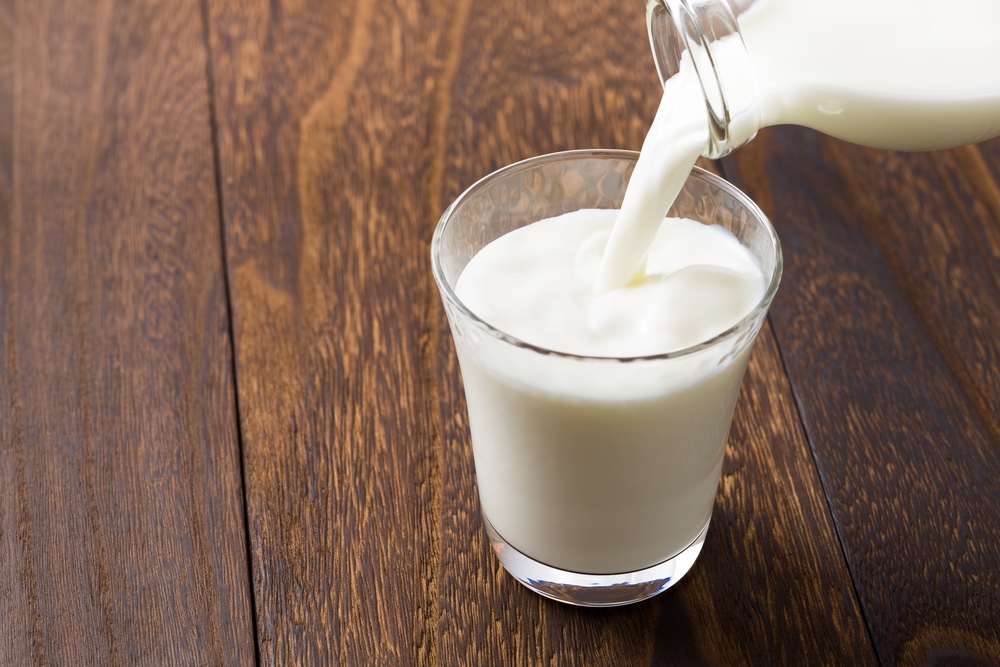
Photo by NaturalBox on Shutterstock.
Milk
Milk contains all three common ingredients found in fertilizer. As we all know, it’s also a healthy source of calcium. Researchers have recently suggested that it can be used for a fertilizer substitute on farms.
To use milk as a fertilizer, combine 50 percent milk or powdered milk with 50 percent water. Pour the mixture around the plant’s roots for best results. You can also apply the solution on your plants leaves using a spray bottle.
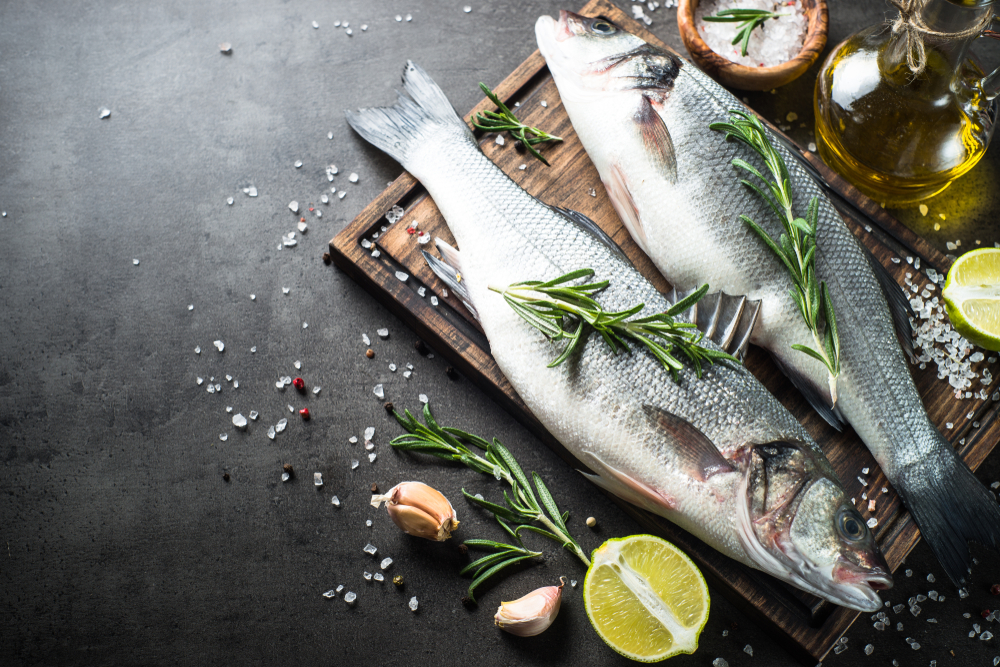
Photo by nadianb on Shutterstock.
Fish
Using your fish scraps as a fertilizer will help provide all three common nutrients found in fertilizer. Fish are especially good for a nitrogen boost.
You can grind up your fish parts to make your own fertilizer. It’s recommended that you use a hand grinder or a stick blender as opposed to a kitchen blender. Work this into your soil and bury the chunks of fish at the roots of your plants.
Alternatively, you can make a mixture that contains one part fish, three parts sawdust and one bottle of unsulfured molasses. Put your ingredients into a container with a lid for about two weeks until the fish is broken down. Ensure you are stirring the mixture daily.
When you’re ready to use this on your garden, you can use about one tablespoon of your mixture per one gallon of water. You can spray it on your plant’s leaves or at the base of plants.
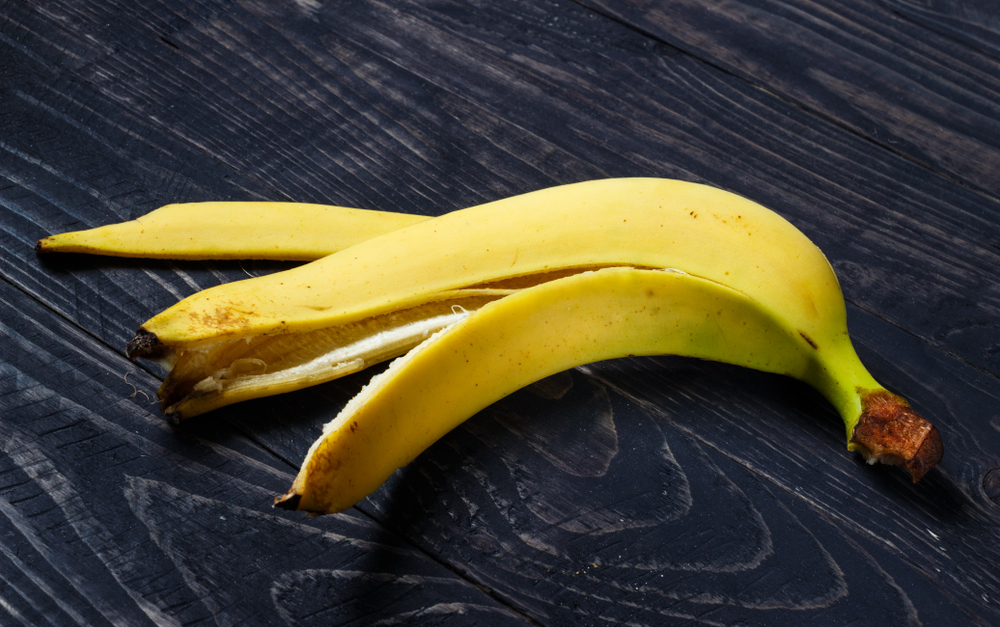
Photo by Pavlo Lys on Shutterstock.
Banana Peels
Banana peels can hold up to 42 percent potassium and up to 25 percent phosphorous. Other beneficial nutrients in the peel include calcium, magnesium and sulfur.
There are a number of ways that banana peels can be used as fertilizer for your garden. You can soak them inside a mason jar and use the water from the jar as a fertilizer.
If you have them inside the jar, make sure your banana peels are fully immersed or else they will turn moldy. Keep the banana peels in the water for about a week. You can use this mixture with five parts water and water your plants how you would normally.
Alternatively you can dry out the peels for a day in the sun and break them up into tiny pieces. Add them to the soil anywhere from the surface to about four inches down.
Hey, I used to dumpster dive for food. It pains me to think of all the food waste, both edible and no longer edible, that goes into grocery store compactors and then to landfills. That stuff really should be diverted to agricultural and soil building purposes!
Thinking it’s important to suggest buying organic both for the health of the farmers and their families and birds as well as the health of the end user. Therefore it’s also important I would imagine in the use of coffee grounds and banana skins etc. as garden fertilizer on vegetable gardens. Circular economy and good health for All Beings!
I only use inedible peels, shells & scraps, I NEVER use up edible food that could feed people directly as fertilizer. I do mulch all my fall leaves and plant remains from my yard back into the yard.
Interesting, fun if you have time. Or you can just add all of the above to your compost pile (I’d probably skip the milk in that case, unless it had gone sour).
What about tea after use
Coffee grounds or grinds as we say here stop the snails in my garden, even on my little hosta.
Love your recommendations for plant feeding, just wonderful!
Such a personal, natural and easy way to enhance !
I think this makes folks more engaged in their environment!
So how many banana peels do you suggest to the acre?
I read where the coffee grounds leave caffeine in soil which is harmful to plants, is this true or not ?
Just starting to make my own fertilizers. So longtime gardener but novice at homemade fertilizer